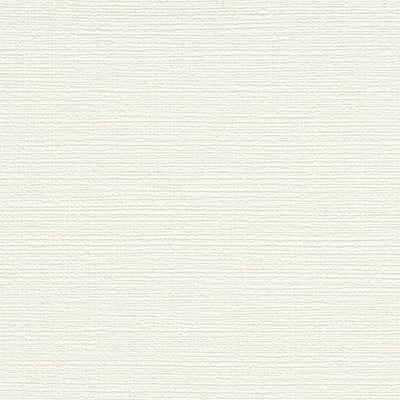Surface treatment
Surface preparation
How should the surface be prepared before gluing the wallpaper?
Proper surface preparation is an important condition for achieving a perfect wallpaper gluing result. If you want to save on preparations, this factor can adversely affect the wallpaper bonding process as a whole.
Do you need to remove old wallpapers before the new gluing?
Before gluing the wallpaper, you should always get rid of old wallpaper. If you stick to the old wallpapers, there is a possibility that the wallpaper will stick to poor grip and failure of the joints will develop, and there is a likelihood that the lower layer of the old wallpaper will shine through the new wallpaper.
Old wallpapers can be removed manually with water using wallpaper removal products, ceiling and trowel. Tightly glued wallpapers that cannot be removed, despite multiple moisturizing, are punched with a needle roller, which helps to release the walls from the washable and friction -resistant wallpaper. If a dispersion glue is used for wallpaper glue, only mechanical steam treatment with a steam device can often help.
Some types of wall coverings tend to be layered. This means that the top layer can be removed dry, and only a fine layer of paper, the so -called "lining wallpaper" remains. They serve as the basis for new wallpaper, they can be glued on top of the new wallpaper, provided that the lower ones are tightly sticking to the surface. This can be checked by wet "Oderes wallpaper" with water in several places and wait for about 15 minutes. If bubbles are not created during this time, the new wallpaper can be glued on top of the layer.
What to do if the old layers of color retain on the wall?
Old, unable to withstand loads or cracked paint or varnish laying before gluing the wallpaper need to be removed. It can be implemented as a result of grating or scratching. In difficult cases, alkaline or chemical solution will help you.
What if the wall has glue or dispersion color on the wall?
The old glued paint should be thoroughly washed with water. When adding the product to the wallpaper removal, the work will be significantly facilitated. Dispersion color resistant to wear (so -called mixed binder coating) should be moistened with water by adding a product to remove wallpaper so that it is swollen and then removed. After cleaning, apply a water -based primer on the surface.
What if there is oil or varnish paint or metal surface on the wall?
These surfaces are not suitable for gluing wallpaper. If, however, you want to glue the wallpaper on the walls of such a cover, it is advisable to first clean the surface of anti -hesitant substances such as dust, fat or dirt, and stick on the surface "lining wallpaper" (eg paper fiber wallpaper Purse-vliesproduced A.S. Création) by using dispersion glue (eg Metylan ovalit t). Thus, even this type of surface can be prepared for wallpaper bonding.
How to implement mineral surfaces?
For a durable mineral surface (fresh plaster), a diluted wallpaper adhesive should be previously applied. Also, this type of hay cover, such as concrete surfaces, gypsum board slabs, filling putty, is recommended to apply the ground cover to the wall.
The soil requires the strengthening of the decay or strong moisture -absorbing surfaces.
How best to treat the surface before gluing wallpaper?
Undertaking A.S. Création manufactured paper fiber wallpapers Purse-vlies Provides an ideal foundation for wallpaper bonding and avoiding the formation of gaps at the joints. In addition, these wallpapers serve as a compensation agent between the surface and the wallpaper, providing a smooth surface color.
Or when using Non-woven/Paper wallpapers, need special wall treatment?
If the wall covered with fresh plaster plaster has insufficient surface absorption capacity, it should be pressed with glue (follow the manufacturer's instructions). All other surfaces (concrete, plasterboard, plasterboard, etc.) are treated with groundwater, which is deeply absorbed into the surface.












